A next step in our reconstruction projects in the Netherlands: restoring the Curacaohuis on the Prinsengracht in The Hague.
The project concerns two connected eighteenth-century buildings on the Prinsengracht 63 and 65, home to the Cabinet of the Plenipotentiary Minister of Curacao. We worked on the restoration of these monuments. The challenge? Preserving key historical features while incorporating a new design that serves today’s needs.
Restoring a monument
Prinsengracht 63 and 65 are buildings from 1726. Number 65 used to be the ‘Israelite Hospital’ until the beginning of the previous century. This Jewish hospital existed for just over thirty years and had to close its doors in 1904 due to financial problems.
Both are buildings that have interesting historic elements. Early 2024, we were asked to renovate the façade. Originally just as a paint job. However, upon inspection, we discovered that several wooden components were so damaged that restoration was no longer possible. Which meant that certain historic elements had to be replaced.
Our starting point was to preserve the original elements as much as possible. Where restoration was impossible, we replaced them in the same form. We carefully copied the ornaments that had to be replaced. We imitated both the type of wood and the authentic colors to make sure that each new component remained true to the original design. This allowed us to fully restore the façade, ready for sustainable preservation in the years to come.
Transforming the former Curacaohuis
We are also working on the restoration of the former Curacaohuis (former Antillenhuis) on the Badhuisweg in The Hague. The monumental complex consists of three buildings. We recently proudly completed the first building, which is a villa of 19th century – located at the Wagenaarsweg (next to Badhuisweg). The result is a beautiful mix of historical craftsmanship and contemporary restoration techniques. In the whole process of restoring and renovating sustainability plays a central part. The aim is to reduce the carbon footprint, collect water and generate energy.
We are currently busy with the plans for the remaining two monuments within this complex. Both with a unique history and architectural features that we want to carefully restore. But also add a contemporary part to connect the different buildings so that they can function as one complex.











